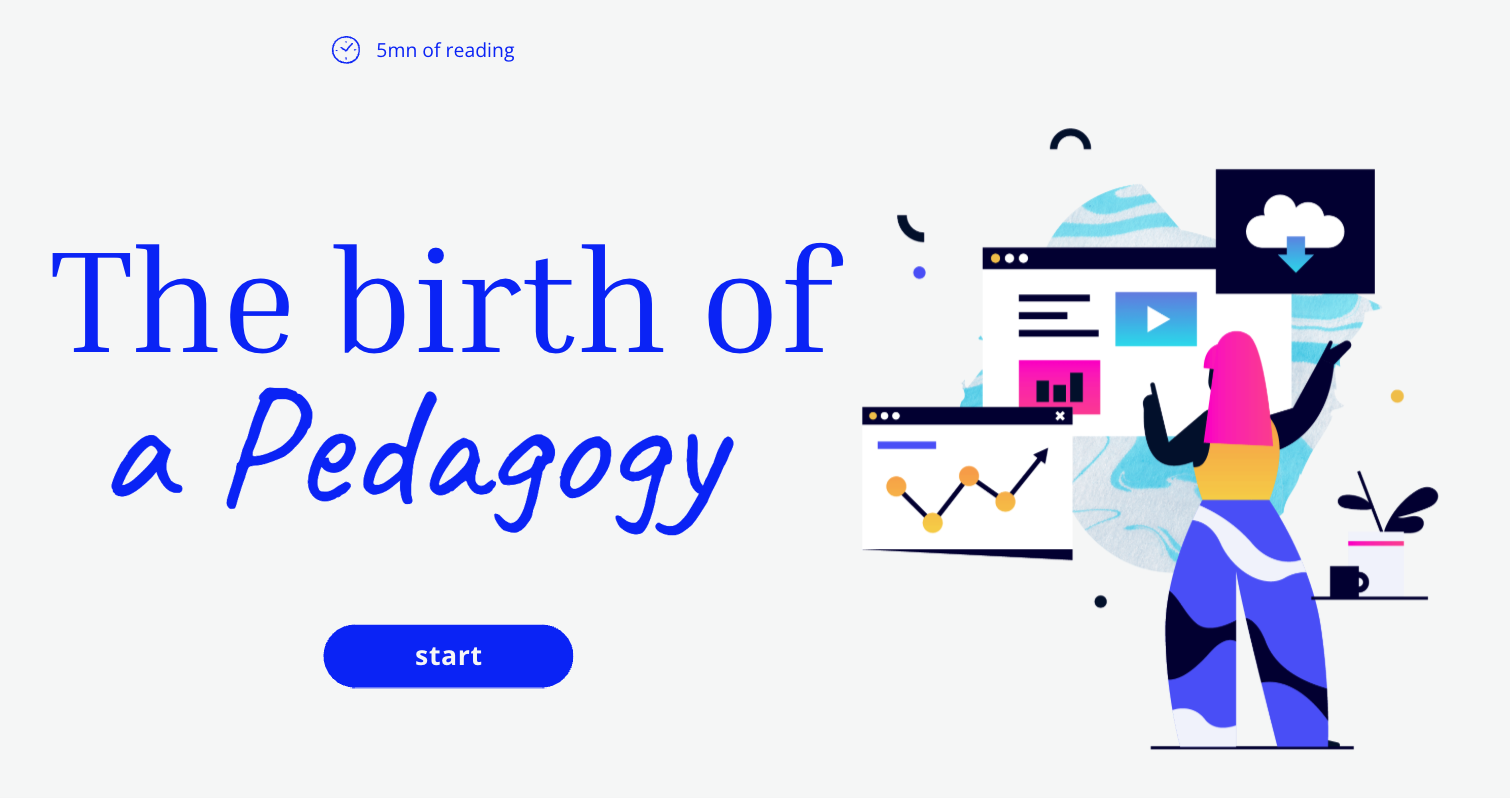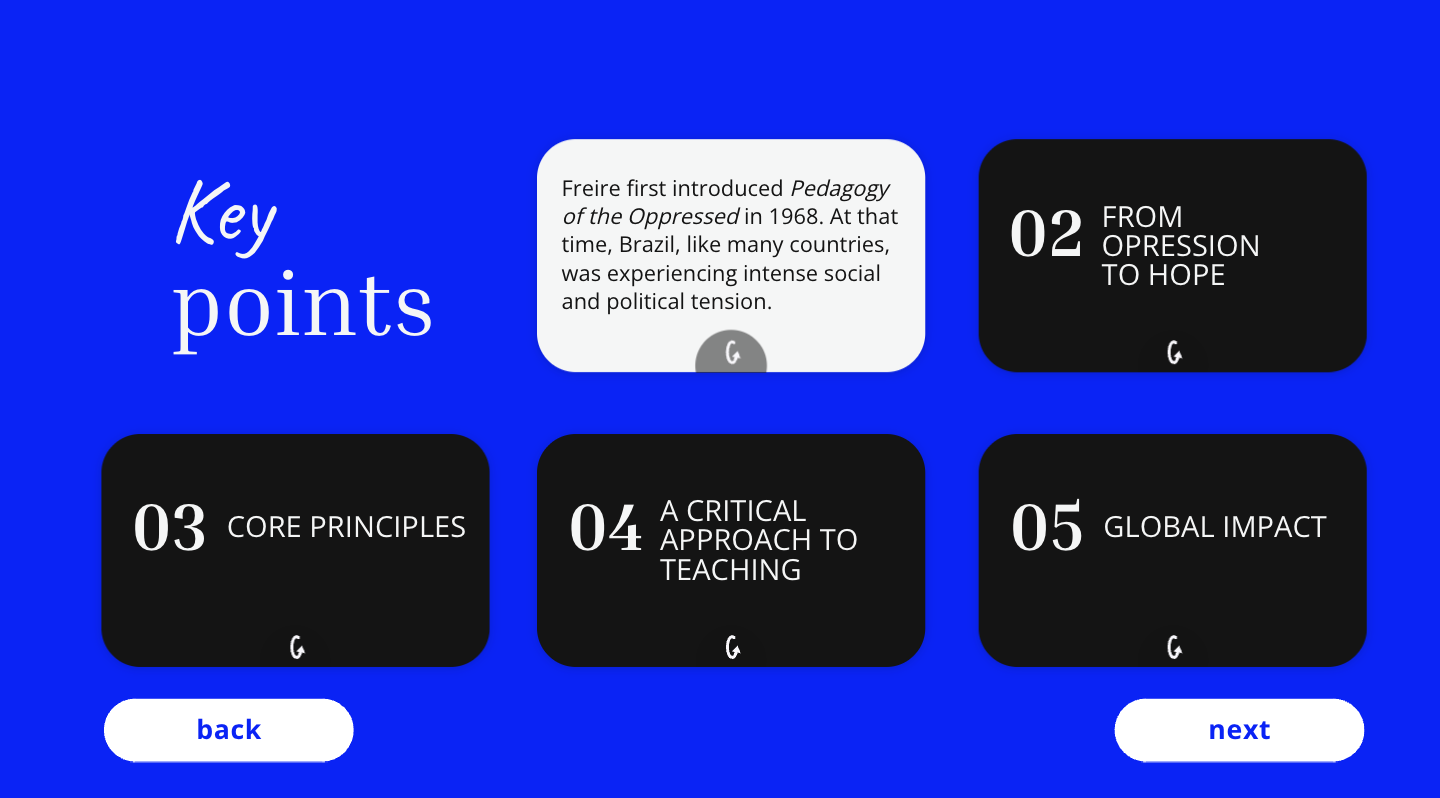
Digital Learning Project
Psychology of Hope
About the project
This project began as a redesign of an existing, text-heavy open educational resource on the Psychology of Hope (OER Commons, 2023). The original course was visually flat, overwhelming, and unlikely to sustain learner engagement. My goal was to create an interactive, visually appealing introduction that emphasizes key concepts while fostering motivation and curiosity.
-
Original course: long blocks of text, no visual hierarchy, minimal interactivity.
Learners were expected to read without guidance or engagement support.
Needed a solution that balances clarity, accessibility, and learner-centered design.
-
To redesign the course introduction, I applied principles of visual design, multimedia learning, and learner engagement:
Extracted only the key points students need for an initial understanding of Psychology of Hope.
Introduced visual hierarchy with headings, color accents, icons, and callout boxes.
Added interactive elements and movement via Genially to guide learners’ attention.
Focused on readability and engagement, keeping content digestible while maintaining pedagogical depth.
Applied chunking and progressive disclosure to reduce cognitive load (Sweller, 1988).
-
Chunking & key points: Learners retain more when content is concise and clearly structured (Mayer, 2009).
Visual cues & interactivity: Interactive and visually rich slides increase attention and motivation (Clark & Mayer, 2016).
Learner agency: Students can explore at their own pace, supporting self-directed learning and engagement.
Cognitive engagement: By removing extraneous text and emphasizing essential concepts, learners are free to focus on understanding and reflecting.
-
This project demonstrates that even a simple visual redesign can transform learner experience. Students are more likely to engage with content that has texture, movement, and visual clarity than a static, text-heavy page.While the course was not deployed publicly due to platform limitations, this work illustrates:
My ability to analyze existing resources critically.
How I can apply instructional design and visual communication principles to make content accessible and engaging.
A strong understanding of pedagogy-informed design for adult learners.
Before
Screenshot of the original course (OER Commons, 2023)
After
This slide introduces Paulo Freire, the author central to this course. It situates learners by giving context about his life, philosophy, and legacy, helping them understand why his work matters before diving into the Pedagogy of Hope.
References:
Mayer, R. E. (2009). Multimedia Learning (2nd ed.). Cambridge University Press.
Clark, R. C., & Mayer, R. E. (2016). e-Learning and the Science of Instruction (4th ed.). Wiley.
OER Commons. (2023). A Pedagogy of Hope https://oercommons.org/courseware/lesson/82875/overview





